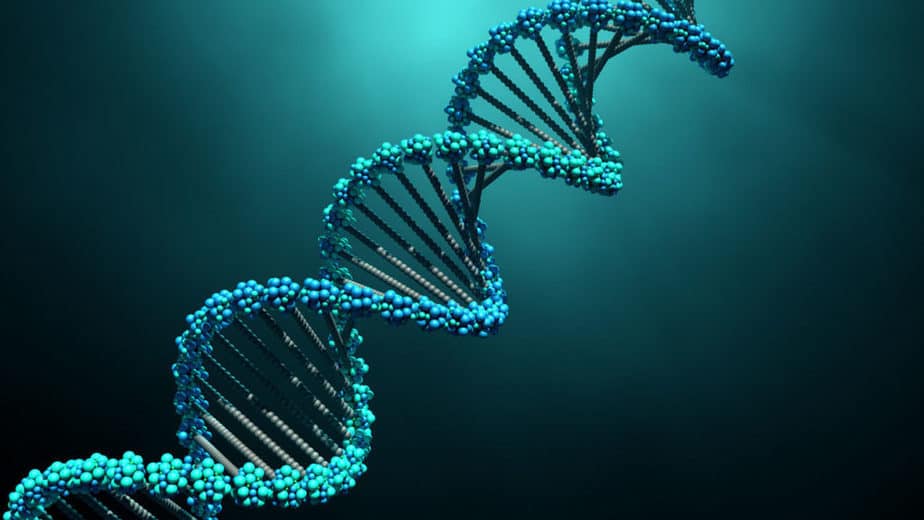According to studies, there is a genetic relationship between the capacity to move to music rhythms.
69 genetic variations related with beat synchronisation, or the capacity to move in time with the beat of music, were recently discovered in the first large-scale genomic investigation of musicality.
An worldwide collaboration of experts, including the Vanderbilt Genetics Institute and 23andMe, discovered that the ability to move in time with a musical rhythm (beat synchronisation) is partially encoded in the human genome. Nature Human Behaviour reported the findings.
According to co-senior author Reyna Gordon, PhD, associate professor in the Department of Otolaryngology-Head and Neck Surgery and co-director of the Vanderbilt Music Cognition Lab, many of the genes associated with beat synchronisation are involved in central nervous system function, including genes expressed very early in brain development and in areas underlying auditory and motor skills.
“Rhythm is impacted by hundreds of genes, not simply a single gene,” Gordon explained. “Tapping, clapping, and dancing in time with the music is at the heart of our human musicality.”
The study also showed that beat synchronisation has some genetic architecture in common with other features like as walking, breathing, and circadian cycles.
“”This is fresh groundwork toward understanding the biology underpinning how musicality connects to other health qualities,” said Lea Davis, associate professor of Medicine and co-senior author.
The vast research dataset from 23andMe offered study data from over 600,000 consumers who agreed to participate in the research, allowing researchers to find genetic variants that differ in relation with persons’ capacity to beat synchronise.
“The enormous number of consenting study participants provided our group with a unique chance to catch even modest genetic signals,” said David Hinds, PhD, a research fellow and statistical geneticist at 23andMe. “These findings reflect a significant advance in our knowledge of the connections between genetics and musicality.”
Also Read: New research reveals how circadian clock aids brain recovery after damage
The study’s findings “made new connections between the genetic and neural architecture of musical rhythm, thus improving our understanding of how our genomes tune our brains to the beat of the music,” according to first author Maria Niarchou, PhD, research assistant professor in the Department of Medicine.
Follow Medically Speaking on Twitter Instagram Facebook





